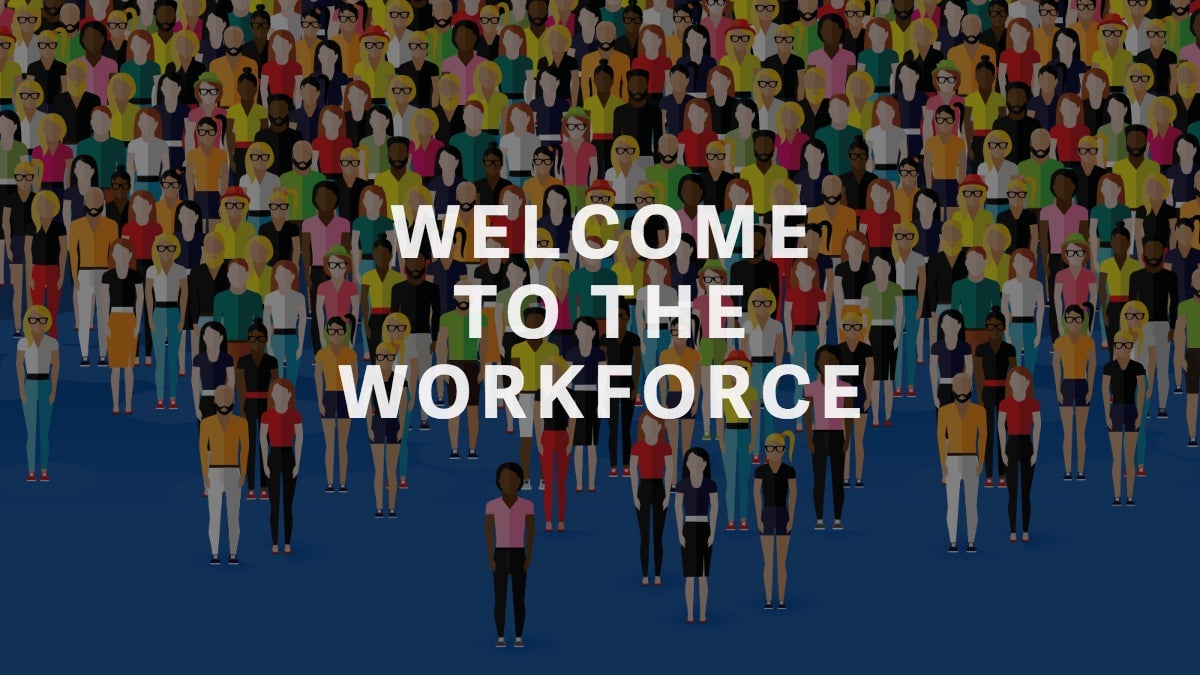What you believe about Millennial workers may not be true
In 2015, Millennials became the largest generational segment of the US workforce. At more than one in three, there are now more Millennial workers than those from Generation X, with Baby Boomers a distant third.


In 2015, Millennials became the largest generational segment of the US workforce. At more than one in three, there are now more Millennial workers than those from Generation X, with Baby Boomers a distant third.
It’s broadly understood that Millennials consist of adults aged 18 to 34, but pinning down most other aspects of this diverse group—including their impact on the American labor force—is more complex. Misconceptions abound, and while this demographic has been subject to much hype and analysis, for many companies the arrival of Millennials has meant little more than business as usual.
Parsing out fact versus fiction
We’ve all heard the stories about social media gone wrong among young professionals, but it’s important to note that most Millennials are very capable of understanding and practicing discretion online. Eighty-one percent of older Millennials report that one should be cautious while sharing personal information online—not so different from the 84% of Gen X members expressing the same sentiment. Millennials also usually favor in-person environments for collaboration and educational opportunities. Their top three sources for learning new skills are non-digital outlets: third-party conferences, in-person classroom training, and more knowledgeable colleagues.
Of course, this generation is undeniably digitally fluent, and this fluency should be considered one of its strongest assets. Constant connectivity allows Millennials to contribute outside of traditional hours—38% report responding to emails after office hours—and they are comfortable in work environments abuzz with digital change. Millennials are innately positioned to operate and create in an age where our phones have become extensions of ourselves.
Nevertheless, many employers harbor uncertainties about the loyalty of Milliennial employees and operate under the false belief that these young workers are more likely than their older counterparts to quickly leave their jobs. In reality, the job-hopping millennial is nothing more than a myth. It’s hard to separate millennial turnover data from the economic downturn this generation faced as they first began to enter the job market. In fact, older generations may even be more prone to jumping ship—Gen X workers are most likely to find another employer if their current position doesn’t match their passions. Likewise, while today three percent of workers ages 22 to 29 switch jobs every month, four percent did so in the 1990s.
In reality, Millennials want careers, and many want to stay put—more than half aspire to senior leadership in their current organization. And while corporate cultural alignment, flexible work-life balance, career guidance, and impact matter to Millennials building out their professional personas, these values apply consistently across generations.
Fundamentally, employers must be cautious when applying broad assumptions to any portion of the workforce. Millennials are young, and they are obviously a product of their environment. But they hold many of the same values and desires as generations that came before them. Regardless of your experience with this generation, it is already the main engine of the US labor force. Millennial skills, needs, and desires will shape companies’ abilities to stay competitive for decades to come.
Learn how
Workday can help you manage and meet the needs of your entire workforce, now and in the future.
This article was produced on behalf of Workday by the Quartz marketing team and not by the Quartz editorial staff.